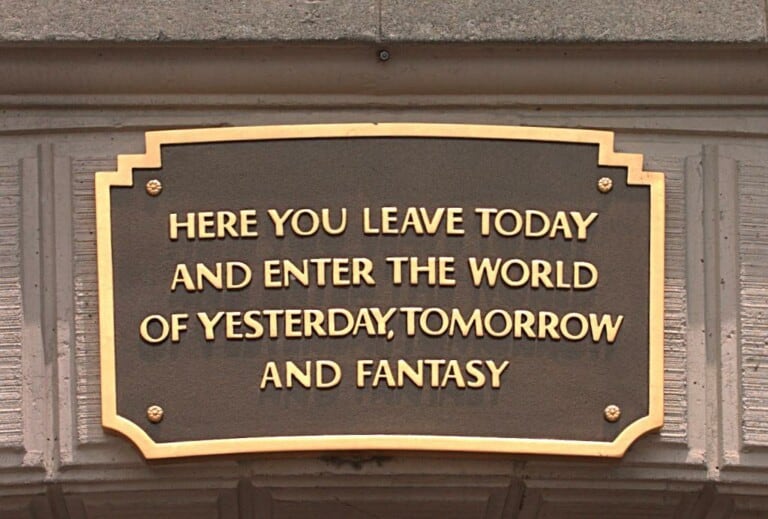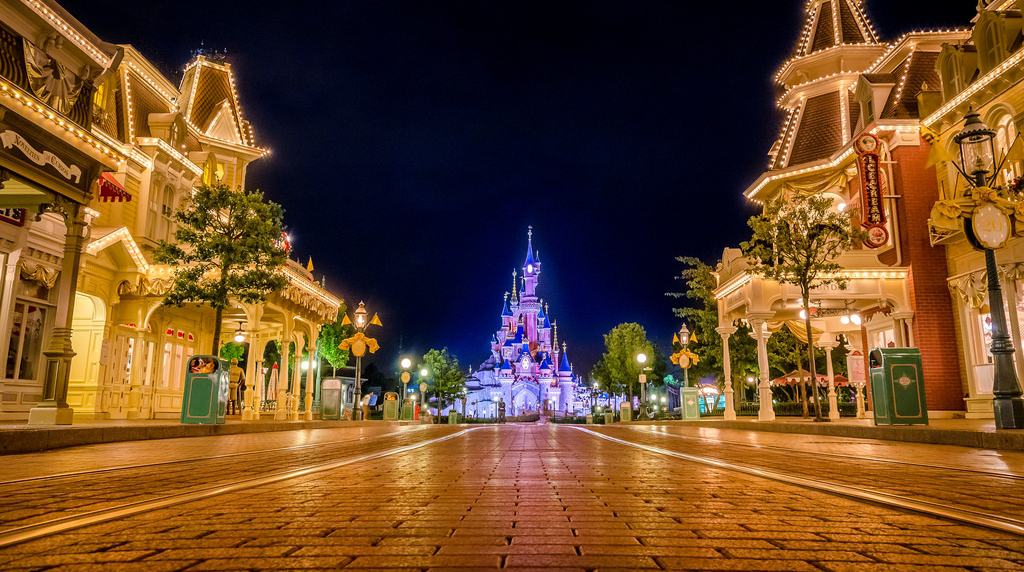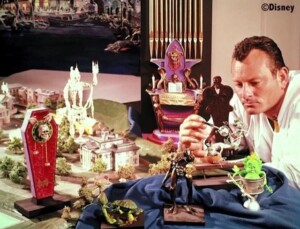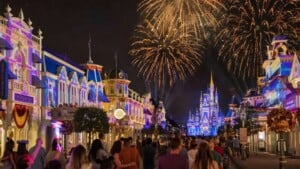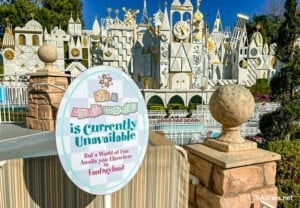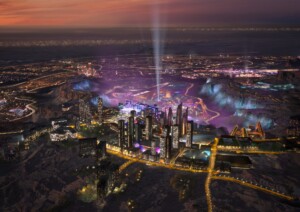By Eddie Sotto
Today the word immersion is often used to describe engaging experiences that are achieved by creating a seamless alternative reality, either in a virtual sense using VR as in the much-hyped, but emerging metaverse, or in the physical sense with immersion rooms or centres that exploit projection mapping.
Of course, there are video games and themed attractions of all stripes. One can argue about how well they do this, but they claim to. Technology plays a leading role in the future of immersion with glasses and headsets improving almost daily.
Creating another world
Yet there was a time when Walt Disney was faced with how he was going to present to an unsuspecting audience the fact that they were leaving the real world and about to be immersed in his. In 1955, Disneyland was a brand new idea, a world where we are the protagonist on a studio backlot of sorts, so we can imagine we are inside of a film ourselves and take part in it.
At least that was the conceit, but how do you communicate that? What started out as a way for guests to experience a television studio turned out to be an immersive escape into a world the public seemed to prefer and was willing to pay for. Yes, the few rides that made the opening day during that sweltering July broke down frequently. However, the environments themselves were so compelling that guests felt transformed, and compelled to return as the park evolved.
Disney’s world was invented where you could touch the very same Sleeping Beauty Castle or Davy Crockett Fort you just saw on TV. We could essentially visit the imaginary places in movies as at Disneyland they were real.
Disney saw immersion as the product
To a greater or lesser degree, Walt Disney guessed folks would enjoy this type of immersion. He insisted on each thematic land being kept in the period right down to costuming the cast of employees. These details evolved over time as Disney observed his audience and then remodelled his park to attract guests to return.
Disneyland had become the first “virtual reality” experience before headsets! Once your admission was collected and passed beneath the entry portals flanking the 19th Century train station into Main Street USA, you were safely within the womb of a 20-foot tall tree-lined triangular dirt berm, designed to hide contradictory visual elements of the real world.
This was something studios did on their backlots. But this form of visual sensory deprivation allowed Walt and his team to conjure “the happiest place on earth”.
13 words that defined an industry
Disney wanted you to feel welcome and even perhaps explain that you were about to enter another world with a small plaque over each entry portal. He summarized the whole experience in just 13 words. They never made it to opening day, but can be read today at the entry to all the Magic Kingdoms.
Walt personally revised the proposed copy in his own hand (as seen in a memo found in the Disney archives). In fact, the phrase headlines the original 1953 prospectus for the park. It was a phrase Walt himself often used while making presentations to describe “a new experience in entertainment”.
He corrected the copy to read as he often described it:
“Here you leave today and visit the worlds of yesterday, tomorrow and fantasy.”
You see in his own hand, changing the word “where” to “here”, Disney called attention to the exact place where, like the lobby of a movie theatre, you pass through a doorway to escape to experience another reality. Only this time, we step through the screen and into the movie, versus just watching it. This was his chance to add a title card to this cinematically inspired experience. It was revolutionary (and long before Stargate.)
Through the looking glass
The 1953 prospectus describes that transition to be “Like Alice stepping through the looking glass, to step through the portals of Disneyland will be like entering another world”. No wonder the portals were special to Walt.
Leaving nothing to chance when it came to the concept of immersion, I appreciated how Disney illustrated the mounting location. He even dictated the proportions of the sign (coincidentally as 4:3, the aspect ratio of 35MM film.) Who knows if that was an unconscious reference to the cinematic roots of the park?
A bigger longshot is if George Lucas, a huge Disney fan, was inspired by the plaque to post “A long time ago in a galaxy far, far away” before immersing us in his unseen Star Wars universe. Just sayin’.
As the memo said, the plaque did not make the opening day. However, a modest sign was mounted a few years later on the East portal. Somewhere along the line the word “visit” had evolved into “enter” as well. The bronze plaques we read today are likely from the early 1970s. Judging by the success of the park, the public did not need those 13 words to understand the concept. They just arrived in droves and still do. I, for one, love that those details remind us of why it all works.
Disney immersion & the emotional need for escape
What’s the point? In entertainment design, you try and imagine and create experiences that build to a moment. It’s these high points that are cherished and captured as memories and shared. In effect, they become the subconscious reasons we return.
A great day at a park is made up of a string of these moments, from your child hugging a character, to the whole family soaking wet after a flume ride dripping in laughter. That transformation of leaving the world of today, with its divisive politics and chaos, and immersing yourself in a more childlike state where we all share and laugh together, sets the perfect carefree stage for these moments to happen bigger and deeper.
The art of creating compelling and positive worlds is a fragile one. Yet it is crucial to the overall formula, as that in many ways is the real product. Leaving “today” and being able to experience “yesterday, tomorrow and fantasy” is truly timeless, I guess Walt knew that. Well said, Mr Disney!
